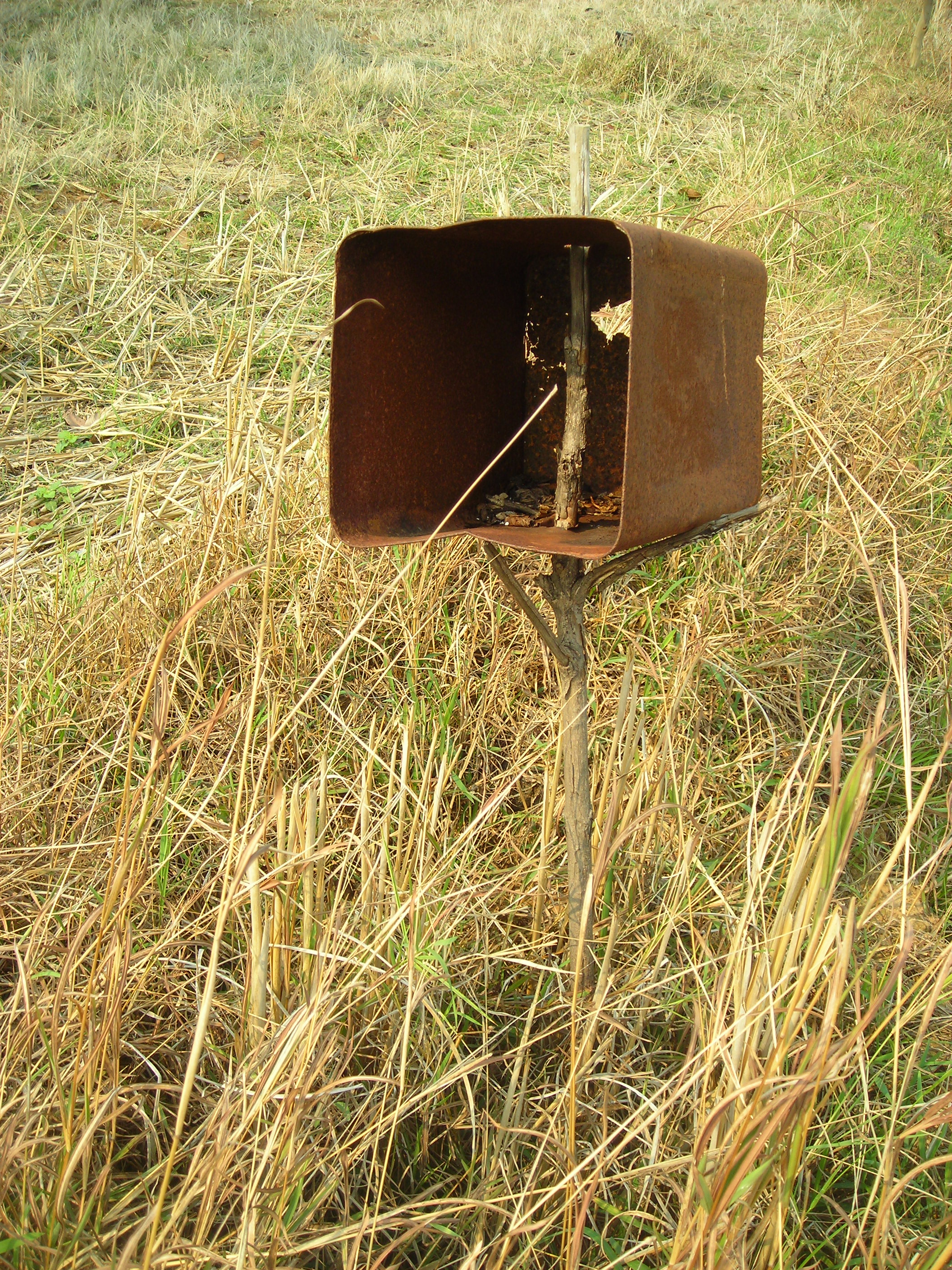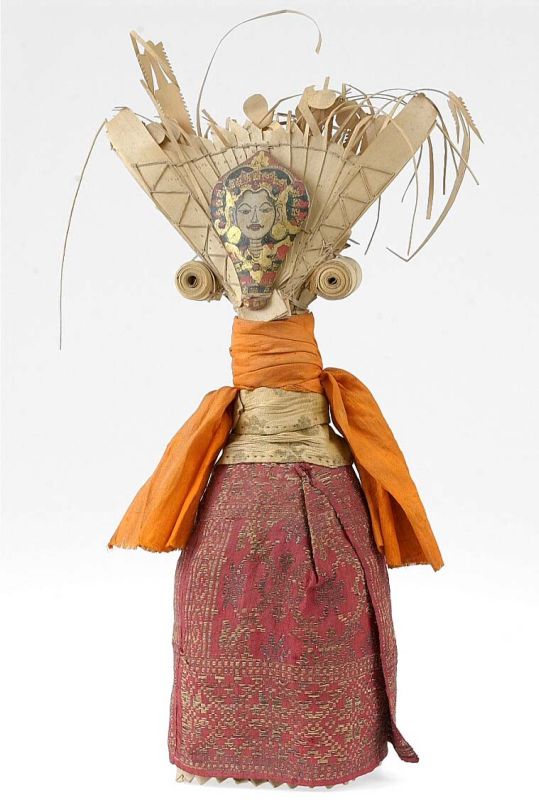Mae Po Sop on:
[Wikipedia]
[Google]
[Amazon]
 Phosop ( th, โพสพ) or Phaisop ( th, ไพสพ) is the rice
Phosop ( th, โพสพ) or Phaisop ( th, ไพสพ) is the rice

Rice Goddesses of Indonesia, Cambodia and Thailand
* ttp://www.asiarice.org/sections/gallery/gallery6-3.html Pictures of the Cha-laew ceremonybr>Rice Culture. ThailandCho Mae Po Sop
{{Authority control Agricultural goddesses Buddhist folklore Cambodian folklore Laotian folklore Tutelary deities Thai goddesses Thai folklore Rice
goddess
A goddess is a female deity. In many known cultures, goddesses are often linked with literal or metaphorical pregnancy or imagined feminine roles associated with how women and girls are perceived or expected to behave. This includes themes of s ...
of the Thai people. She is a deity more related to ancient Thai folklore than a goddess of a structured, mainstream religion. She is also known as ''Mae Khwan Khao'' ( th, แม่ขวัญข้าว; "Mother of Rice Prosperity").
Background
Ritual offerings are made to propitiate the Rice Goddess during the different steps of rice production. Villagers believe that Phosop ensures everyone has enough to eat. In modern Thailand, paying homage to Phosop by rice farmers had been declining in recent times, but Queen Sirikit gave royal patronage to this ancient custom of Thai folklore in August 2008. These traditional celebrations related to rice and its cultivation stages have a deep traditional significance in order to ensure that farmers will have good harvests. Every year the Royal Ploughing Ceremony takes place in Thailand. At the end of it people scramble to collect the seeds from the furrows in order to increase their luck.Representation
The iconographic representation of Phosop is of a beautiful woman wearing full jewelry and a red or green dress. She is in the sitting or standing position holding a harvested rice sheaf on her right shoulder, but sometimes also resting on her arm. The recent iconography of this goddess is based on thedevī
Devī (; Sanskrit: देवी) is the Sanskrit word for ' goddess'; the masculine form is ''deva''. ''Devi'' and ''deva'' mean 'heavenly, divine, anything of excellence', and are also gender-specific terms for a deity in Hinduism.
The con ...
of Hinduism but its origins are local and more ancient.
In certain locations a young village woman may dress as Phosop during local rice harvest festivals and celebrations.
Rice goddess in Southeast Asia

Indonesia
A similar rice goddess also can be found in Indonesia; Dewi Sri, also known as ''Nyi Pohaci'', is the Javanese,Sundanese
Sundanese may refer to:
* Sundanese people
* Sundanese language
* Sundanese script
Standard Sundanese script (''Aksara Sunda Baku'', ) is a writing system which is used by the Sundanese people. It is built based on Old Sundanese script (' ...
and Balinese rice, agriculture and fertility goddess. Shrines to Dewi Sri are a common feature in local rice fields.
Khmer
The Cham Po Ino Nogar, Po Yan Ino Nogar Taha orPo Nagar
Po Nagar is a Cham temple tower founded sometime before 781 and located in the medieval principality of Kauthara, near modern Nha Trang in Vietnam. It is dedicated to Yan Po Nagar, the goddess of the country, who came to be identified with the ...
, the rice goddess of the Cham people,
a minor ethnic group in Cambodia and Vietnam, has similar attributes and rites as the Thai and Lao rice goddess. She is related to Lady Po Nagar :''See also Thiên Y A Na''
Lady Po Nagar/Yan Po Nagar (杨婆那加), was the founder of the Cham people according to legends. According to the myth of Pô Nagar, she was born from the clouds of the sky and the foam of the sea. Her physical form w ...
, the traditional deity of the Cham people.
Khmu
Dances to propitiate the rice goddess are common among the Khmu people, a Mon-Khmer group living mostly in northern Laos and also in Vietnam.Laos
Known as ''Nang Khosop'' inLaos
Laos (, ''Lāo'' )), officially the Lao People's Democratic Republic ( Lao: ສາທາລະນະລັດ ປະຊາທິປະໄຕ ປະຊາຊົນລາວ, French: République démocratique populaire lao), is a socialist ...
, the rice goddess is also part of the local rural culture. There are different versions of the Laotian origin myth regarding rice. According to a manuscript in Wat Si Saket
Wat Si Saket ( lo, ວັດສີສະເກດ) is a Buddhist wat in Vientiane, Laos. It is situated on Lan Xang Road, on the corner with Setthathirat Road, to the northwest of Haw Phra Kaew, which formerly held the Emerald Buddha.
Overview ...
, after a thousand-year famine one day a young man caught a golden fish. The king of the fishes heard the cry of agony and went to ask the man to free the golden fish in exchange for a treasure. The treasure was Nang Khosop, the maiden who was the soul of the rice. While she lived in the fields rice nourished humans for many more centuries and the Buddhist doctrine progressed. But one day an unrighteous king brought about again a famine on the land by storing the rice that was due to the people in order to acquire gold, elephants and luxury goods for himself. During the hard days of the famine an old couple of slaves met a hermit in the forest.
Seeing that they were famished the hermit appealed to ''Nang Khosop'' to feed them. But the rice goddess was angry and refused. Then the hermit, fearing for the future of the Buddhist Dharma, slaughtered ''Nang Khosop'' and cut her into many little pieces. As a consequence the fragments of the rice goddess became the different varieties of rice such as black rice, white rice, hard rice ''(khâo chao)'' and glutinous rice
Glutinous rice (''Oryza sativa var. glutinosa''; also called sticky rice, sweet rice or waxy rice) is a type of rice grown mainly in Southeast and East Asia, and the northeastern regions of South Asia, which has opaque grains, very low amylose ...
. The old couple taught humans how to cultivate this new rice in small grains and the Buddhist doctrine flourished.
According to another legend of the Vientiane region the ''Phi Na'', a tutelary spirit that looks after the rice fields originated in the skull, the mouth and the teeth of ''Nang Khosop''.
Buddhist connection
Some authors have studied how Buddhism has brought about a reinterpretation of pre-Buddhist meanings through the myth of the rice goddess.Modern use as a symbol
Phosop is featured in the logo of the Rice Department () of the Ministry of Agriculture and Cooperatives of Thailand.Worship in Bangkok
The capital of Thailand, Bangkok, about 100 years ago, used to be full of rice fields. At present, the rice fields in Bangkok are almost nonexistent. There are probably only a few districts in the eastern suburbs wereMin Buri
Min Buri ( th, มีนบุรี, ) is one of the 50 districts (''khet'') of Bangkok, Thailand. It is bounded by other Bangkok districts (from north clockwise): Khlong Sam Wa, Nong Chok, Lat Krabang, Saphan Sung, and Khan Na Yao. Min Buri ...
, Nong Chok
Nong may refer to:
*Nong, Iran, a village in Hormozgan Province, Iran
* Nong District, a district of Savannakhet Province, Laos
*The Nung people of Vietnam, or the Nong 农 branch of the Zhuang people of Wenshan Zhuang and Miao Autonomous Prefectu ...
and Lat Krabang
Lat Krabang ( th, ลาดกระบัง, ) is one of the eastern districts of Bangkok.
Geography & history
Lat Krabang (literally translating to "slope of shield") is a second largest district of Bangkok (the first one is neighbouring distr ...
. Therefore, there are only a few shrines built to pay homage to Phosop were Wat Siri Wattanaram temple in Taling Chan's Bang Phrom. Here, Phosop is worshiped along with other goddesses, Nang Kwak and Phra Mae Thorani, all three of them are in the same shrine.
The idol of Phosop is believed to have been made of gold before, but in the 1970s it was stolen from three men from outside the area. Until now, the original idol is still not found
. Another one is Soi Lat Phrao 1 near Lat Phrao Square
Lat Phrao Intersection ( th, ห้าแยกลาดพร้าว, ) is a major road junction in Chatuchak District of the Thai capital Bangkok. It is where Phahonyothin and Vibhavadi Rangsit roads—the city's two main northward highways ...
, because this area used to be a rice field before. Phosop here is enshrined in joss house.
Pop culture
Phosop is adapted as a protagonist in a Thai fantasy/romantic-comedy TV drama titled ''A Mission from the Goddess of Rice'' (; lit: "Love Miracle of Mother Phosop") on Channel 3 in 2021.See also
*Phra Mahachai Phraisop
Phra Mahachai Phraisop (Thai language, Thai: พระมหาไชไพรสภ), also known as Phra Mahachai (Thai language, Thai: พระมหาไชย) or Phra Phraiprasop (Thai language, Thai: พระไพรประสบ), is ...
*Ponmagyi Ponmagyi ( my, ပုန်းမကြည် or ; also spelt Pone Ma Gyi), also known as Ponmagyi Shinma () is a Burmese rice and fertility nat (spirit) traditionally worshipped by farmers in Upper Myanmar.
Origins
Ponmagyi originates from fertili ...
* Ceres (mythology)
* Corn dolly
*Hainuwele
Hainuwele, "The Coconut Girl", is a figure from the Wemale and Alune folklore of the island of Seram in the Maluku Islands, Indonesia. Her story is an origin myth.
The myth of Hainuwele was recorded by German ethnologist Adolf E. Jensen follow ...
* Lakshmi
* Nang Kwak
Notes
External links
Rice Goddesses of Indonesia, Cambodia and Thailand
* ttp://www.asiarice.org/sections/gallery/gallery6-3.html Pictures of the Cha-laew ceremonybr>Rice Culture. Thailand
{{Authority control Agricultural goddesses Buddhist folklore Cambodian folklore Laotian folklore Tutelary deities Thai goddesses Thai folklore Rice